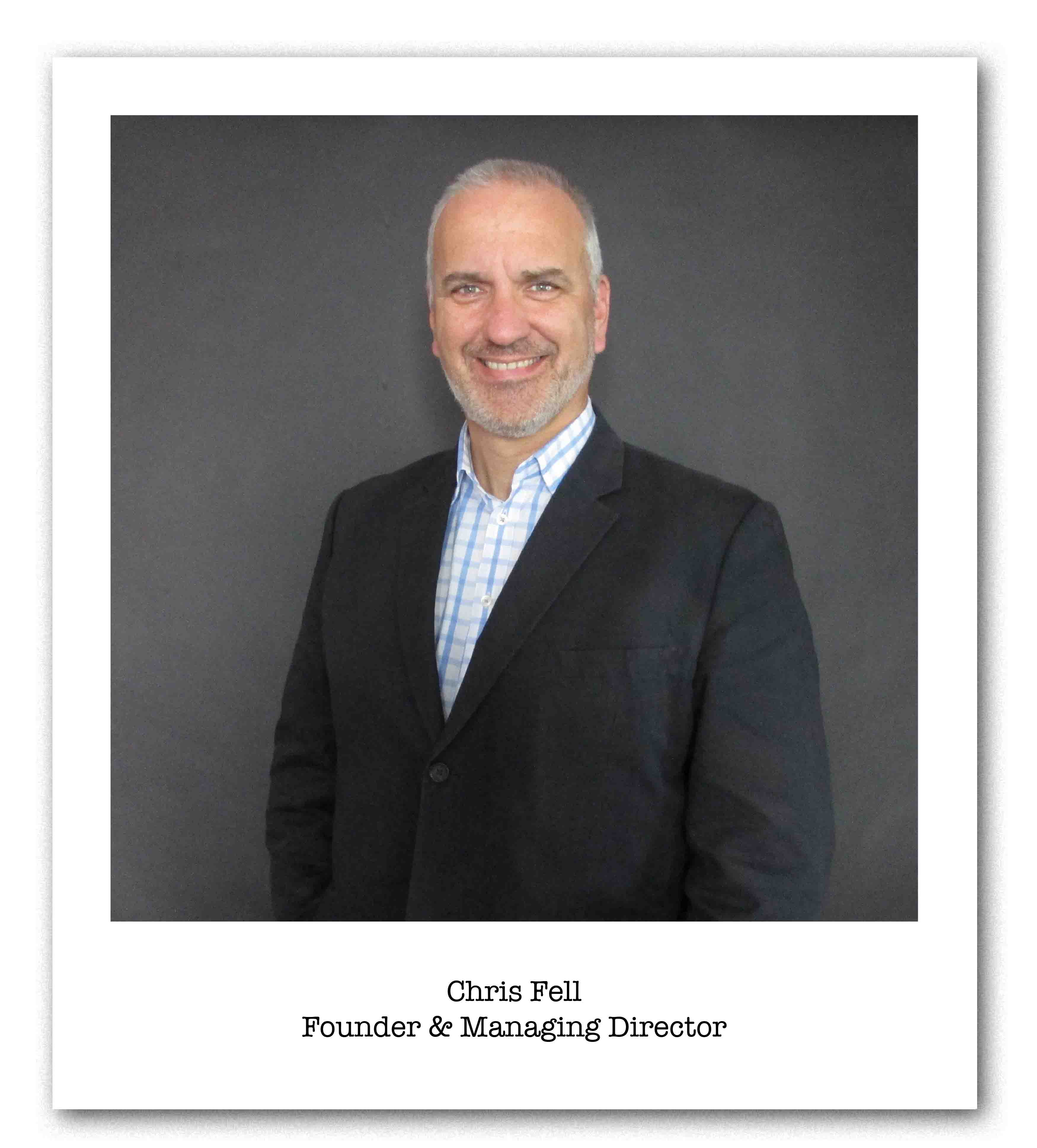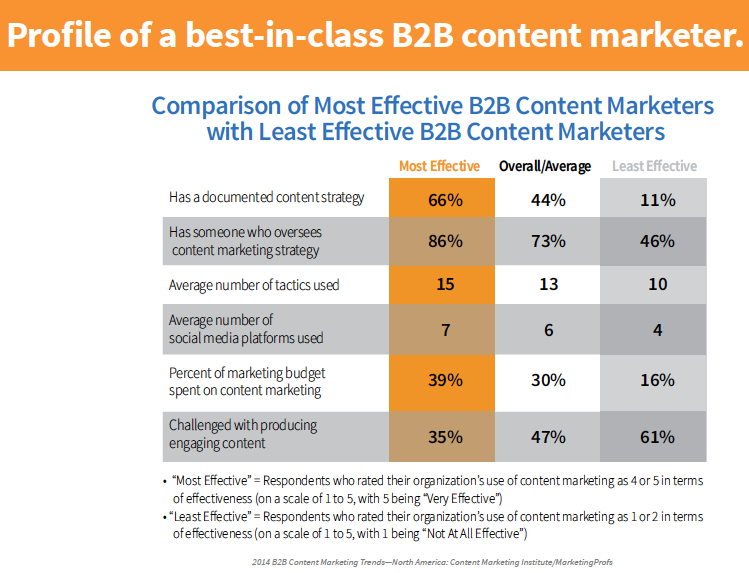BECOME W.I.S.E.R. with Your AI Prompts - A guide for sales managers
Everyone’s wittering on about AI like it’s the second coming. But here’s the rub: if you give it half-baked prompts, you’ll get half-baked answers....
3 min read
 Chris Fell
04/10/2013 5:19:00 PM
Chris Fell
04/10/2013 5:19:00 PM

Content marketing's star continues to rise in its role as a key tactic for lead generation. B2B businesses need to address the increasing importance of content marketing according to just-released research from well respected MarketingProfs and the Content Marketing Institute.
Further insight has made it increasingly clear that "random acts of content marketing" simply don't work. Firms need a planned approach to systematically drive quality leads.

Content marketing is not without its challenges. For companies with less than 100 employees the overriding issue is a lack of time, with a third of respondents citing this as their number one challenge. With "production of enough content" coming in a distant second.
Naturally, the outsourcing of content writing and design are the main ways firms are chosing to tackle this problem.
Content marketing strategy should be conceived to the perpetual drumbeat of the buyer's journey. Who are the specific buyer persona's for whom you are generating the content? Are they the core decision makers or just influencers? What are the problems and challenges they face in their businesses? Where are they in their buying journey? Do you have content that adresses the issues buyers face at the different stages of their buying process?
For example, an early stage piece of content aims to trouble your targeted buyer, to help them understand the implications of doing nothing or maintaining the status quo. Great early stage content gets buyers to take action.
Early stage content educates and informs buyers. It helps them understand the shifting landscape, new market sector characteristics and patterns or shifts in technology. It allows them to frame the challenge and develop a clearer understanding of what they need.
Middle buying stage content helps buyer's articulate that need and start looking at solutions that might solve their challenges or achieve their goals. Checklists, comparisons, trials and demos are typical examples.
Late stage content typically supports the sales team and aims to remove any concerns a buyer may have about making a decision in your favour.
Mapping content by buyer persona and buyer stage is the underlying core of a good content plan.
Ensuring there are sufficient internal resources both in terms of time and money is often overlooked. Firms overcommit to an aggressive content generation calendar and the plan soon falls by the wayside. If you are concerned about this, consider pulling back and focusing on the core problem you solve for your core buyer persona. If in doubt, focus on generating content for one full buying journey rather than sporadic content scattered across personas and stages.
Alternatively, appoint an internal content advocate to drive the content calendar, seek contributions from internal experts and find specialist writers and designers to do the heavy lifting of content generation.
As we attempt to surf the Tsunami of information to which we are all exposed, tastes are changing from longer, heavier pieces of thought leadership to shorter sharper and often more visual content. But every audience is different and allowing buyer's to self serve is important.
Consider atomising your bigger high value content pieces such as whitepapers and eBooks into blogs, infographics, webinars and short videos.
(Hint: Plan for this atomisation at the outset. Its a lot harder to atomise content after the fact.)
Once the planning, effort and money have gone into generating your content its critical to make the most of your investment by building different channels for your content and maximising your reach. Distribute your content via channels such as:
No firm ever gets their content marketing plan right first time. An important element of an effective strategy is building a way to systematically measure the types of content that are most popular at the different stages of the buyer's journey AND the most effective channels of distribution. This will allow you to adjust your plan and optimise its effectiveness.
Do you have an effective content marketing strategy? Are you in need of assistance to build a good practcial plan? Perhaps you would just like to read more in our free to download eBook?
Subscribe to our latest news and updates on HubSpot.

Everyone’s wittering on about AI like it’s the second coming. But here’s the rub: if you give it half-baked prompts, you’ll get half-baked answers....

The business world is falling head over heels for AI—and who can blame it? With promises to reduce grunt work, uncover insights, and turbocharge...

Search is evolving - fast. For two decades, SEO has revolved around Google’s algorithm: keywords, backlinks, metadata, and page speed. But with the...